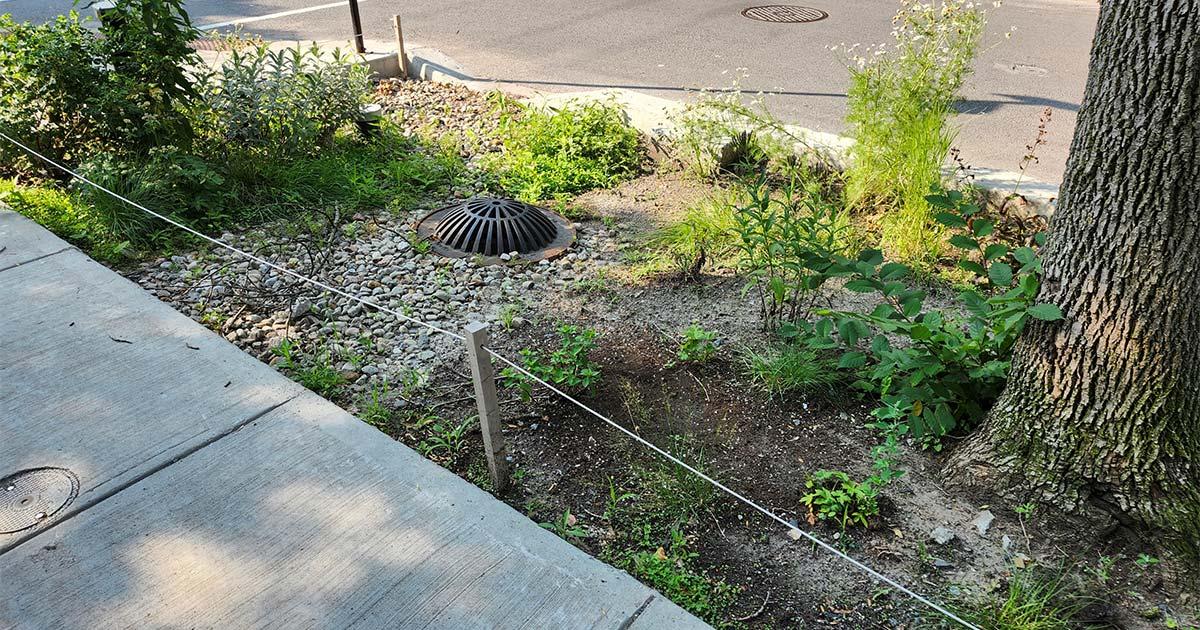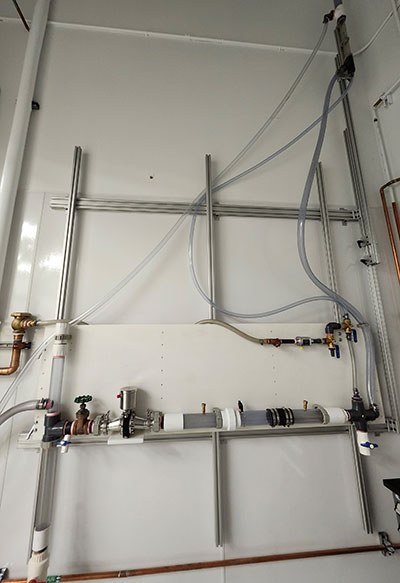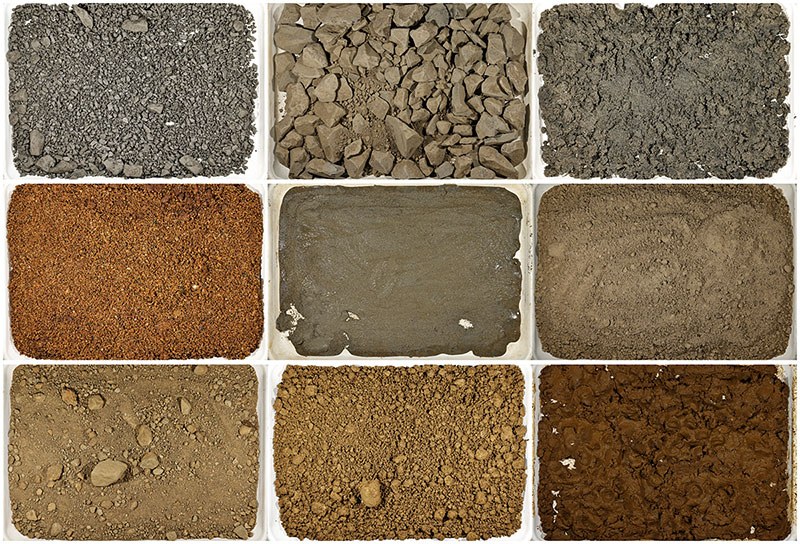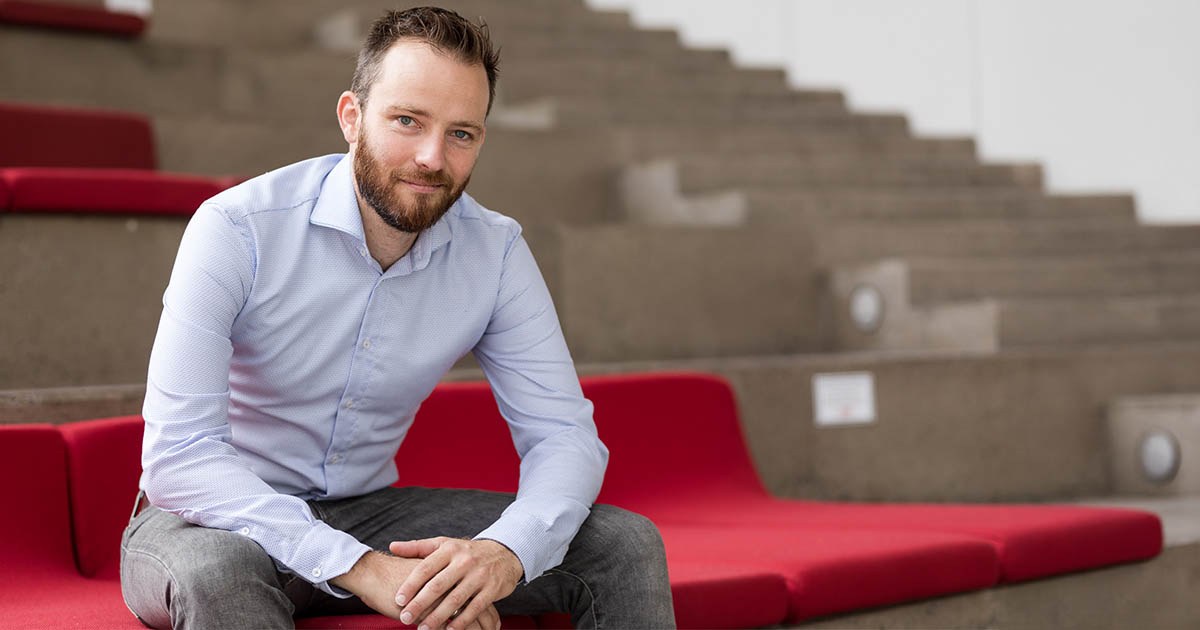
Soil and fills play a discreet but vital role: they channel water, support our roads, and hold water behind our dams. However, their behaviour is often unpredictable. At École de technologie supérieure (ÉTS), Professor François Duhaime is taking a close look at these materials, seeking to understand their secrets in order to better protect our infrastructure. His work focuses on three key areas: urban groundwater, dam safety and automated soil analysis.
Groundwater Under the City
Together with the cities of Montreal and Laval, François Duhaime is studying the impact of green infrastructure, such as sponge parks and drainage curb extensions, on groundwater levels. These developments are designed to promote rainwater infiltration, but their actual effects on groundwater levels and salinity remain unclear.
After over a year of measurements, taken at three instrumented sites, the results are surprising: Montreal’s shallow aquifers remain highly saline throughout the year, regardless of the presence or absence of green infrastructure. This salt water can corrode concrete pipe reinforcements, a major issue for municipalities.
Cities also present a special challenge: their subsoil is a patchwork of embankments, trenches and pipes, creating complex flows. The team is seeking to better understand these dynamics, while exploring solutions to prevent water from damaging road foundations. This work is part of the new AdapT institute, which focuses on infrastructure resilience to climate change.
Preventing Internal Erosion of Dams

Another major focus is dam geotechnics. Internal erosion, caused by seeping water carrying particles inside the structure, is responsible for about half of all dam failures worldwide.
To address this, Professor Duhaime and his team are studying the mechanisms and seeking safer design criteria. They are also exploring new materials. In Quebec, watertight dam cores are often made of moraine, a dense and resistant soil, but its porosity varies with particle size. Since local deposits are sometimes too porous, combining them with other materials, such as bitumen, is being tested to improve performance.
One of the major challenges is that internal erosion occurs inside dams and cannot be observed directly in the field. Laboratory data must therefore be extrapolated to model structural behaviour, a complex but crucial task.
Photographing Soils for Better Understanding
Third component: automating soil characterization through image analysis. Today, determining the particle size distribution of a soil requires costly and repetitive sieving. François Duhaime and his team are relying on artificial intelligence to replace this step with… a simple photo.

Using convolutional neural networks, they train their models with the largest database of soil images ever compiled: over 10,000 photographs together with their particle size curves. The objective: to obtain quick reliable data at a lower cost, while drawing inspiration from the expertise of seasoned technicians, capable of assessing soil properties at a glance.
Common Ground: Understanding Materials for Better Construction
Whether it’s protecting dams, managing city water or simplifying soil analysis, François Duhaime’s work has one objective: to better understand the materials beneath our feet in order to design more sustainable and resilient infrastructure.



